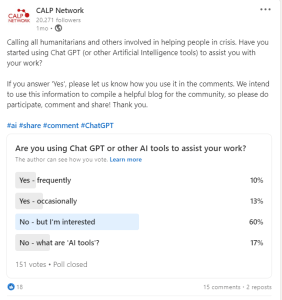How are humanitarians using AI tools like Chat GPT?
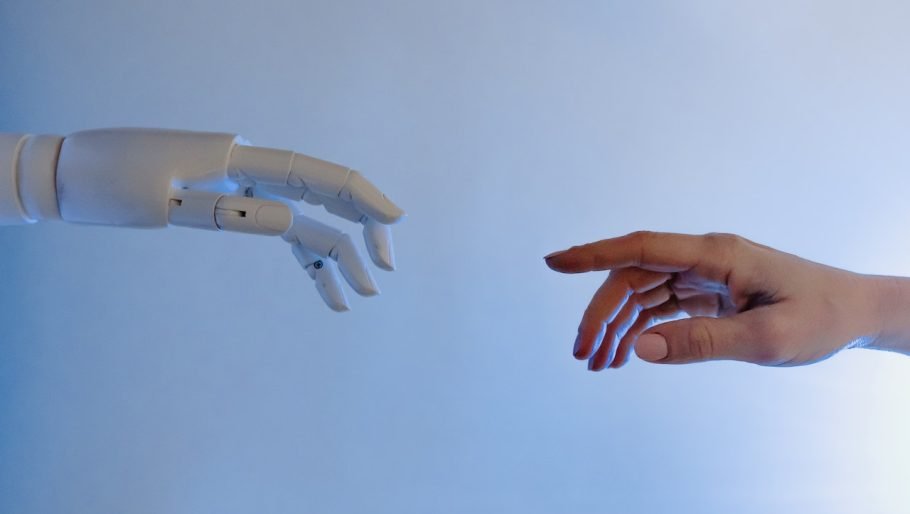
Last month CALP ran a poll on its LinkedIn channel to find out exactly how our followers were using artificial intelligence tools like Chat GPT for their jobs as humanitarians. 77% had not started using these tools yet. We got in touch with some of the other 23%, (who are using various tools), to see what we could learn from them. Nine people got back to us, and their stories are below.
The results were most interesting! We learnt of people using AI tools to help with making reports more accessible, scanning for new research, editing photos, speeding up translations, making transcriptions, brainstorming and generating ideas, answering basic questions, doing admin, helping to write blogs and social media posts, providing helpdesk support, making videos and voiceovers, creating reading lists, writing code and summarising reports. Plus, much more besides.
They share lots of positive feedback and also urged caution. We gave the last words of this article over to a warning from one of our contributors, about using these tools with care, and not imposing untested technology on vulnerable populations!
Please read on to learn more from Sonja, Thomas, Emily, Jack, Vimaris, Joel, Stephen, Jackson and Rory.
Sonja uses AI tools for event management and knowledge exchange
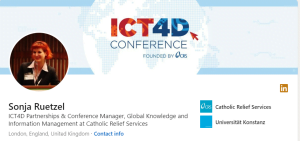
At Catholic Relief Services I manage the ICT4D Conference, a platform to discuss how digital technologies and data are applied to help address international development and humanitarian challenges. Naturally, I am inspired to also explore how I can use AI tools to make my work easier.
For years I have been using AI-based transcription tools, like https://otter.ai/, to capture the content of webinars or podcasts. Not only does this help with summarizing content and finding interesting quotations for blog posts and social media, but the written format is better for creating a searchable content database. We’ve also started sharing the transcripts with our audiences which makes for more inclusive knowledge sharing. But if you do if publish an AI-based transcript I advise to include a disclaimer as things do go wrong.
AI-based translation services are constantly improving. DeepL has a good reputation for quality translations in the development and humanitarian sector, but I think Microsoft and Google have really caught up in the past couple of years. With the help of AI-supported translation tools, I have been able to co-facilitate online workshops in languages I am not fluent in. You already know in advance which phrases you need to have at hand. Like ‘You are on mute. Please turn your microphone on.’
Speaking of language skills, I appreciate tools like Grammarly as well as the Microsoft Editor as ‘second pair of eyes’ for any marketing copy but so far I’ve not used any AI tool to write the actual copy.
Only in the past few months I’ve started playing with Chat GPT and https://www.perplexity.ai/. They are great as additional source for research though I wouldn’t rely on them for content accuracy and service availability can be an issue (it seems Chat GPT is often at capacity these days).
For anyone interested in learning more about use cases and risks of ChatGPT for event management, here is an interesting article by M&IT.
Thomas uses it to enhance the efficiency and quality of his writing
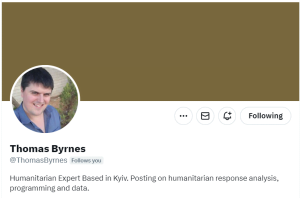
I utilize ChatGPT to enhance the efficiency and quality of my writing. My process includes brainstorming a topic, outlining key points and arguments using bullet points, and then using ChatGPT as a copy editor or ghost-writer to rewrite the content in a clear and easy-to-read format.
While the software is useful, it has the potential to generate inaccurate information, so I limit its use to editing and rewriting tasks. With this restriction, ChatGPT allows me to quickly produce professional reports, emails and other written materials.
Emily uses AI to track relevant information to support research

Transparency International’s Global Health Programme has been using AI to facilitate research since 2021. We started incorporating AI into our work as part of a project ensuring transparency and equity in the rollout of the COVID-19 vaccine. At the onset of the rollout, we were looking for a way to gain real-time global insights into the scope and nature of corruption related to the vaccine rollout to inform our work.
This is how we, together with a third party, and with funding of the Swedish Ministry of Foreign Affairs, developed an AI-based Media Monitoring Tool (or AIMON in short). Every day, AIMON scans hundreds of thousands of online news sites in real-time for reports of corruption in the procurement and delivery of the vaccine. The tool is trained by TI via Natural Language Processing and Machine Learning to identify certain topics – in our case, mainly specific types of corruption and parts of healthcare.
The data sourced by AIMON is then identified, filtered and analysed by TI Global Health. For the project on the COVID-19 vaccine rollout, we sought to identify emergency ‘corruption trends’, i.e., repeated reports of certain types of corruption – for example, one of the most dominant themes detected was bribery committed to obtain falsified vaccination certificates. The results then helped us shape our work with TI Chapters in Bangladesh, Uganda, and Zambia; inform recommendations on anti-corruption policy given to governments, donors, and other stakeholders; and influence national, regional and global stakeholder dialogues.
There are limitations! Not every corruption case will be picked up by the media, and there are regional and global differences in online media presence. There’s also reporting bias towards more ‘newsworthy’ corruption cases. So inevitably we cannot rely on AIMON alone to inform project and advocacy work – the data needs to be triangulated with academic research, reports through toll-free lines to our partner TI Chapters, and civil society reports.
We are now in the process of developing a public and interactive map – powered by insights from AIMON – to allow users to visualize and explore cases of corruption and inequity in the vaccine rollout relevant to their organizations or research. Going forward, the tool will also be trained on other topics so it can be used for work besides of the vaccine rollout.
Jack uses AI to make videos, generate translations and run an interactive FAQ

Primary Care International (PCI) collaborates with partners and stakeholders in fragile and low-income settings to strengthen the primary healthcare workforce and the systems that support it.
We started exploring the exciting world of AI. So far, our team has been testing AI’s user case to complete a range of low-stakes simple and repetitive tasks such as producing ‘how-to’ videos.
We’ve also employed AI technology to provide technical support to clinicians using our online learning platform via the PCI Academy Help Desk. This has enabled us to provide users with prompt and helpful information when they run into known and common problems – a more engaging FAQ if you like. This has freed up time for further innovation into the system and solving more complex, unexpected problems.
We’ve successfully used AI technology to produce informative ‘how-to’ videos which has proven to be cost-effective. By using AI voiceover technology, we have reduced our reliance on costly voiceover artists and made the cost of accessing materials more affordable. It is incredibly important to us to ensure that our employment of AI serves our social impact. AI has the added benefit of being able to work in many languages, meaning our content reflects the diversity of the people we serve.
PCI is known for producing high-quality training materials for clinicians working in primary care settings globally. While we are not using AI to develop these technical materials, AI technology may help us increase access by localising the finished product, ensuring it is relevant in multiple contexts.
But AI has its limitations and is not always 100% reliable in all languages and at all times. This is why we spend time proofreading the output.
We are excited about the opportunities that this new technology presents but mustn’t ignore moral and ethical questions that exist – such as the impact of AI on our society, jobs, education and so on. We all have a role to play in ensuring that innovation improves the lives of everyone and not just the few that can access or afford it thereby widening inequalities.
Vimaris uses AI to improve accessibility of academic research
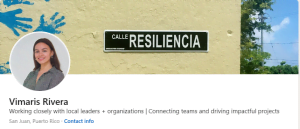
I’ve used Chat GPTwhen developing brief reports. Most of our humanitarian aid reports have been called too technical, too jargony, and too complex to understand. I wanted to learn what a technical report could look like if it was written in a simpler language that everybody could understand by using AI. I am still exploring and learning this AI but it has proven useful.
Joel uses AI to evaluate new ideas
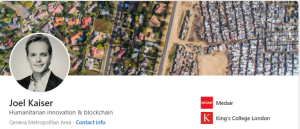
The mission of AIDONIC is to adapt Web3 technologies to solve humanitarian challenges. Although I have over 20 years of experience in humanitarian aid, it is a daily struggle to keep up with pace of new technology. So I use ChatGPT for all my dumb questions. It saves the development team time by not having to re-explain simple things to me and helps me evaluate new ideas. Whil ChatGPT can’t pick out good ideas from bad ones, it does help me to develop the ideas so that I can better evaluate them for potential use-cases. A good example of this involves decentralized autonomous organisations (DAOs). A humanitarian DAO would be kind of like a humanitarian pooled fund, except most of the governance and administration is digitized and automated. ChatGPT knows all about both pooled funds and DAOs and helped me think about how a humanitarian DAO can add inclusion and transparency, yet retain the flexibility and responsiveness of a pooled fund.
Stephen uses AI to scope out existing research

I am a researcher and am seeking more knowledge about social protection. I engage AI (ChatGPT and OpenAI) to find out the extent of information it has now. These are new platforms but surprisingly, the content is exciting and a lot of information for general knowledge is available. But for academic work, I’m still convinced that scholars need to rely on peer reviewed journals and other academic publication because of authentication.
Jackson uses it to edit photos and create images

In the past I’ve used GFP-GAN to help me to fix old photos instantly within seconds. And I’m trying to use DALL.E 2 for to create images – but I am still learning it now.
Rory uses it to make his day-to-day work more efficient

Like most people outside of data science, my first hands-on experience using AI has been with ChatGPT. I’ve been using it to write code to update our PowerBI reports, create Excel Macros and formula. It’s not always perfect first time but it often does the first 80% of the work for me so that I only need to tweak it to finalise. Even when I know what the code or formula should be, it’s sometimes quicker to use AI to get me started.
I spend a lot of time reading lengthy reports and have tried using various AI tools to summarise them – with varying degrees of success. I’ve also used ChatGPT to draft Tweets from LinkedIn posts I’ve written.
I’m excited to use AI to complete the administrative aspects of my work so I can spend more time grappling with the big issues.
For humanitarian organisations exploring the use of AI, I hope that they first look inwards to their back office, rather than imposing untested technology on vulnerable populations which exposes them to greater risks. The more efficient and effective organisations are in their operations the higher level of quantity and quality of service they can deliver to recipients.
We hope you’ve found this blog useful. Do you or your colleagues use AI? Drop a line to Rory Crew, or leave a comment below.
